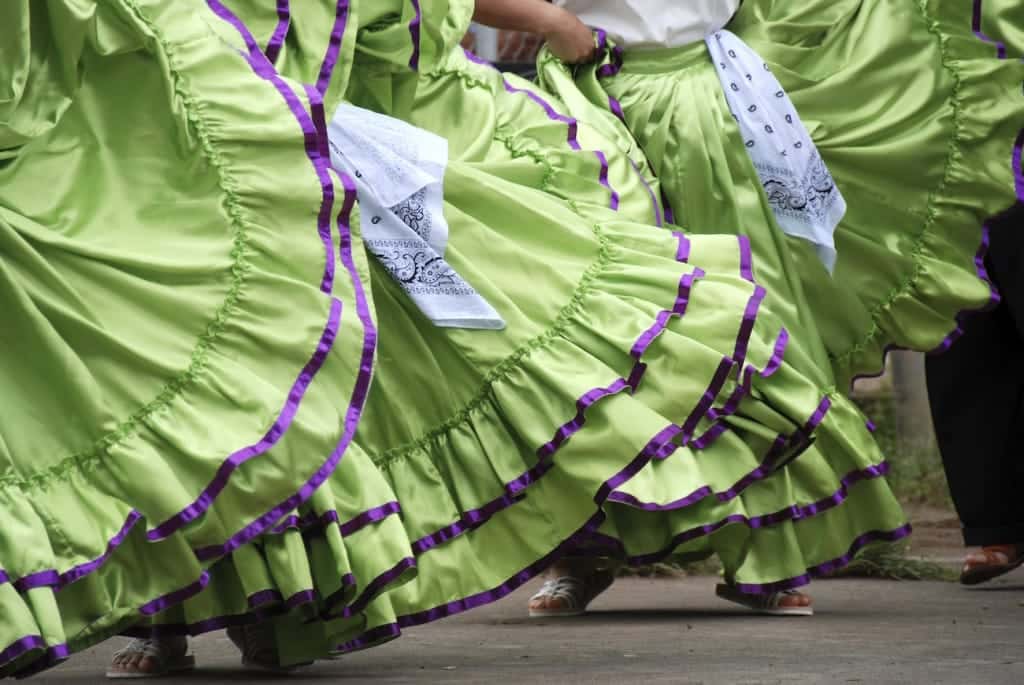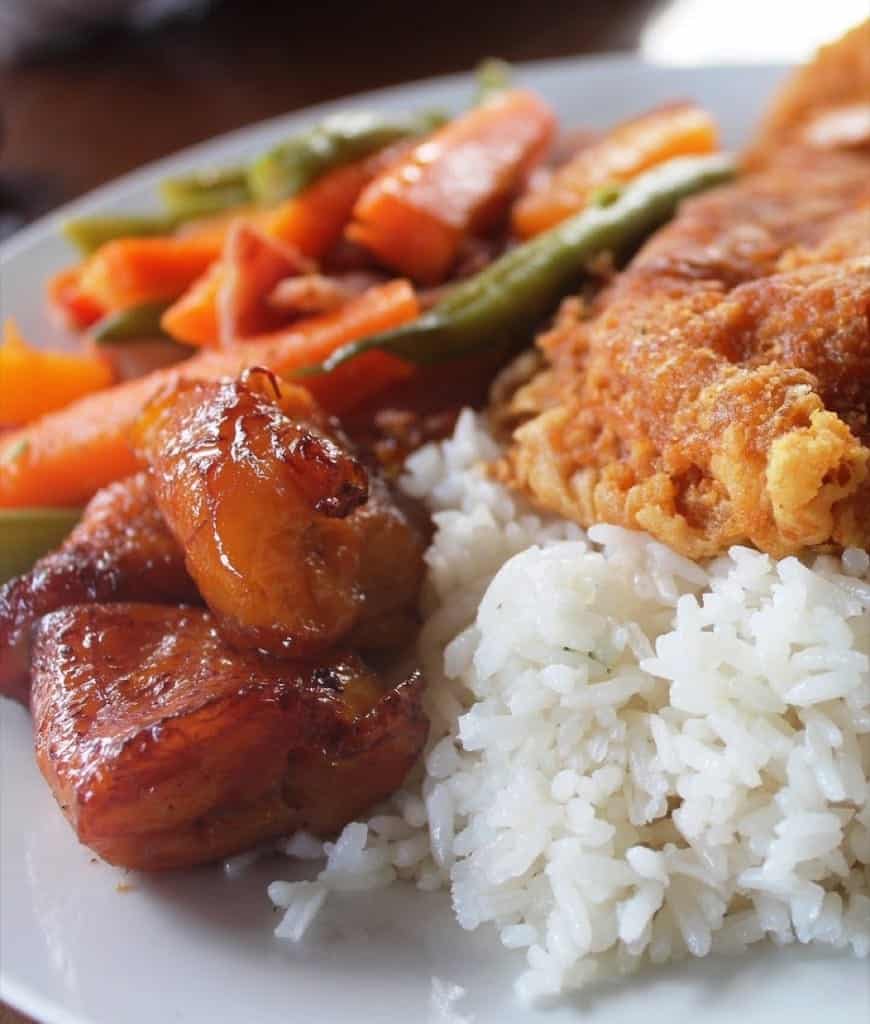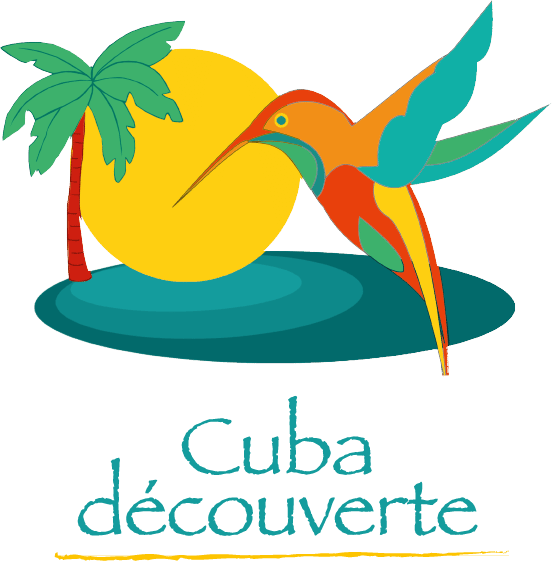This small country of 4,800,000 inhabitants is one of the most developed in Latin America. The spoken language is Spanish, but there are still other languages in Costa Rica, such as the ancient ones. Here are the reasons to plan a trip to the land of green gold.
Known for its neutrality in the face of the tumultuous politics of its neighbors, Costa Rica is often referred to as “the Switzerland of Central America”. Democratically governed since 1848, the country changed its constitution in 1949, abolished the army and introduced agricultural, industrial and social policies, particularly in the fields of health and education. The former President of the Republic, Oscar Arias, was awarded the Nobel Peace Prize in 1987 for having been the architect of the peace process in Central America.
A little bit of history
Before being discovered by Christopher Columbus in 1502 on his third voyage, Costa Rica was home to a handful of indigenous tribes. For the most part, they were decimated by the diseases introduced by the Europeans: influenza, measles and tuberculosis. The development of agriculture ensured growth, enabling towns to emerge and take shape. San José was born in 1738, and became the capital in 1823.
After struggling through the tensions of the region, riots, civil wars and the strikes of 1929, Costa Rica adopted far-reaching reforms to face the modern world. Although slowed by the collapse of coffee and banana prices in the 70s and a banking crisis in the 80s, the country was able to stabilize itself. It is this political stability and economic growth that increasingly attract foreign investors.
A little bit of geography
Over and above its unique history, it’s its geography that’s most astonishing: 50,900 km², 1/10th the size of France, surrounded by two oceans, the Atlantic and Pacific, bisected from north-east to south-east by a mountain range, creating a multitude of micro-climates. Costa Rica is a concentrate of the planet, and alone represents almost 5% of the world’s biodiversity.
Tourism
Costa Rica’s ecotourism has become the country’s leading economic resource, with over two million visitors a year.
Few destinations in the world offer such diversity in such a small space, making Costa Rica a unique destination. A trip to Costa Rica is a unique experience.
10,000 species of plants and flowers, 9,200 species of butterflies, 890 species of birds, 230 species of mammals, 220 species of reptiles, 180 species of amphibians, 300,000 species of insects, 1,600 species of fish… In this extraordinary universe of living things, we must face up to our responsibilities and show them our humble respect.
If there’s one trip you’ve got to make once in your life, it’s Costa Rica.
Costa Rica Découverte is here to help you make the most of your trip.





